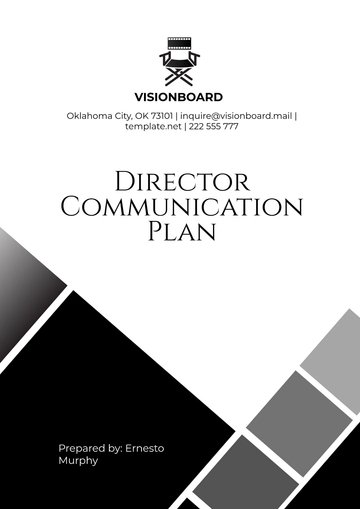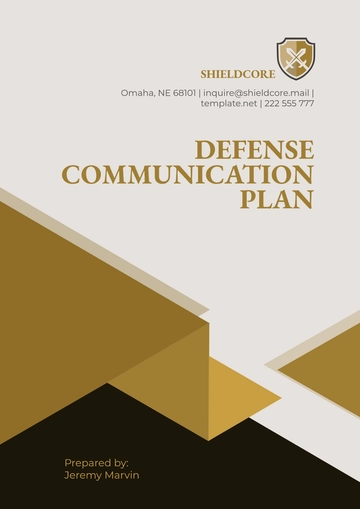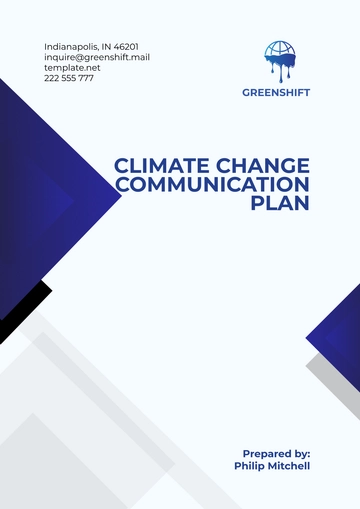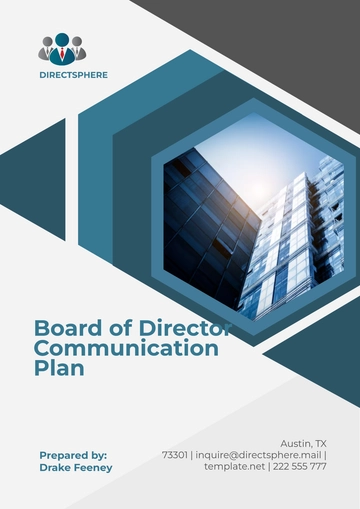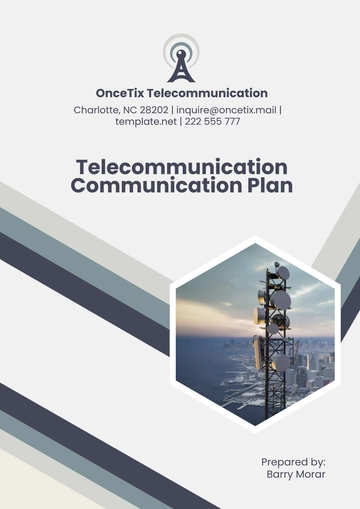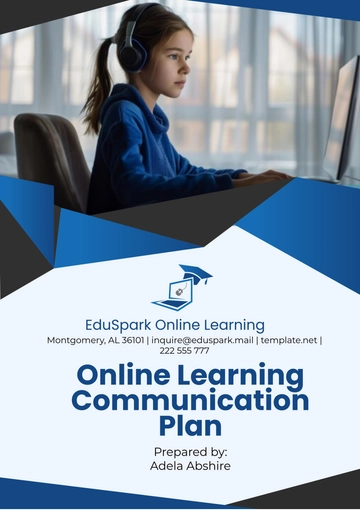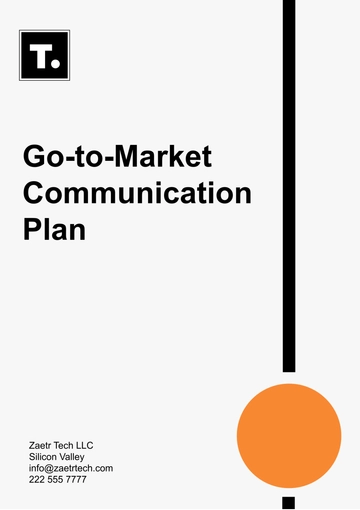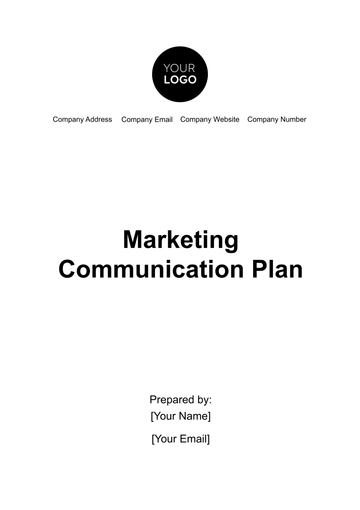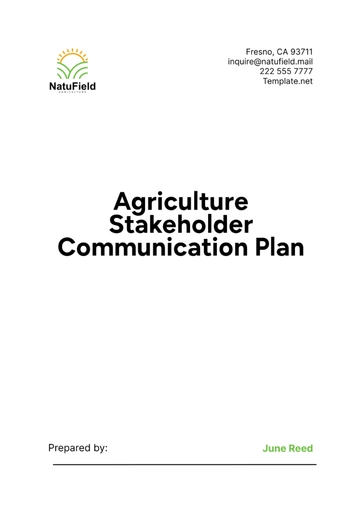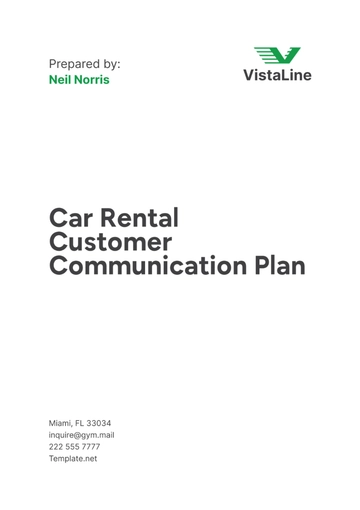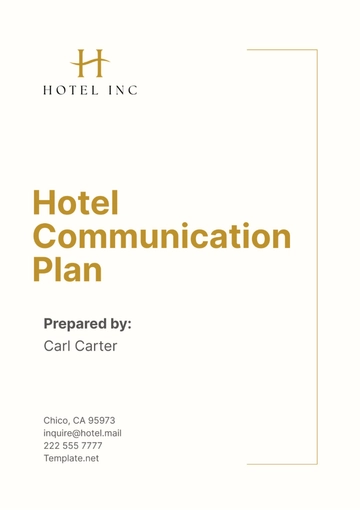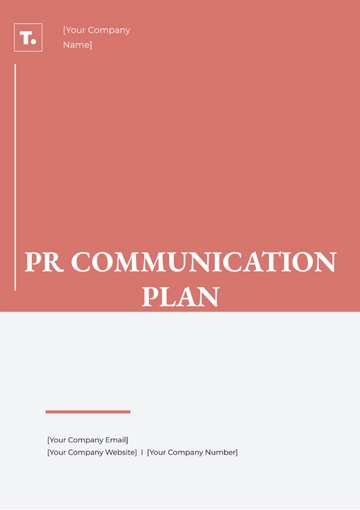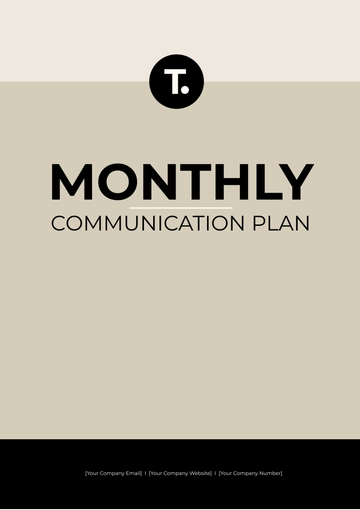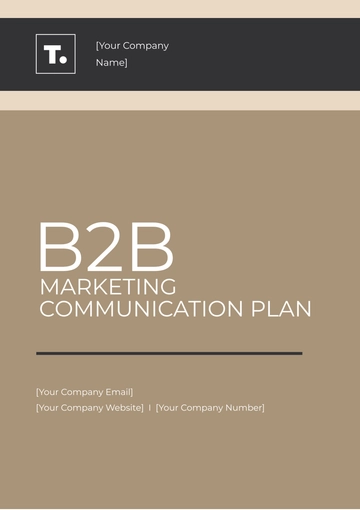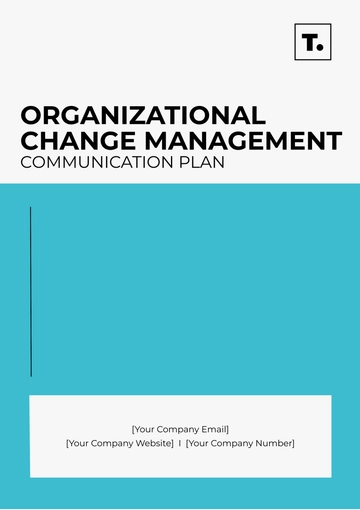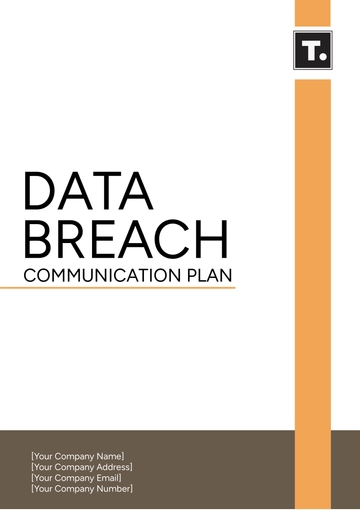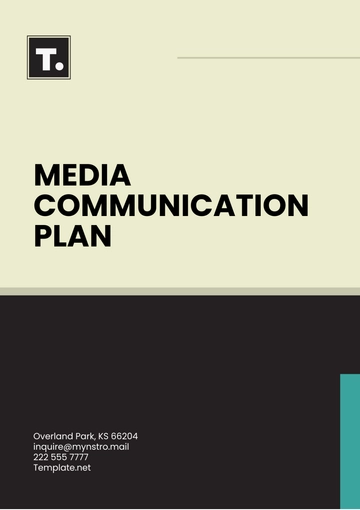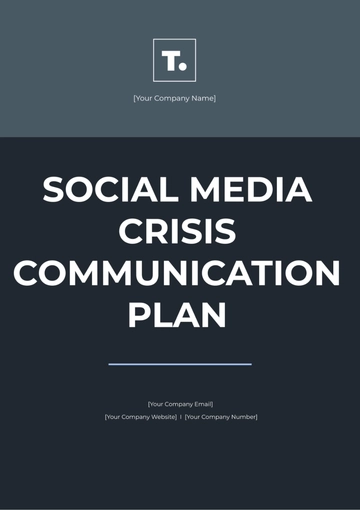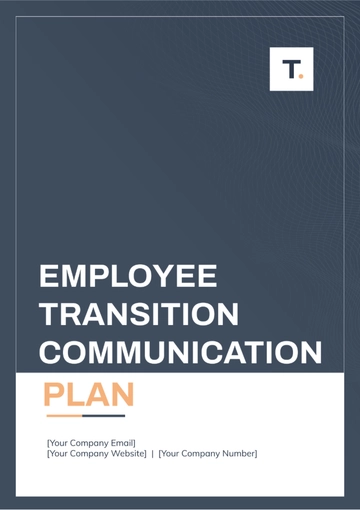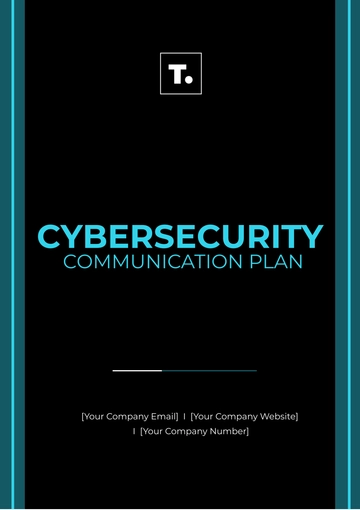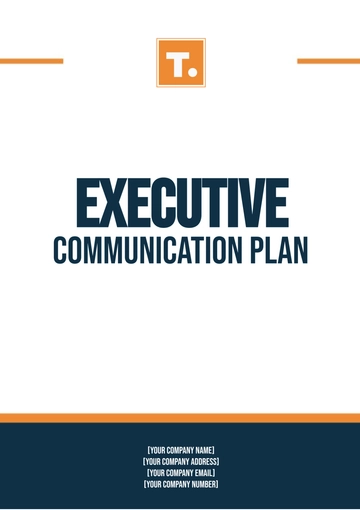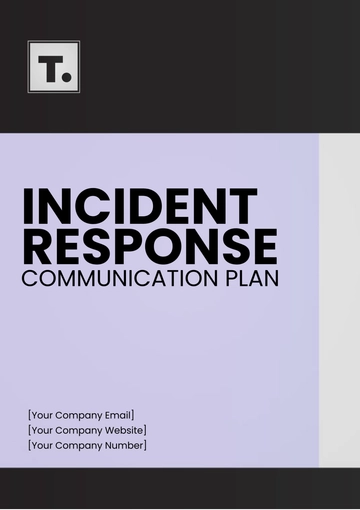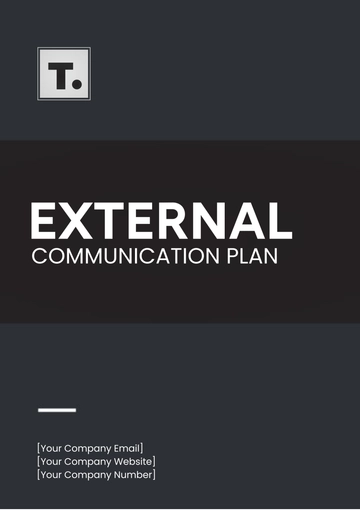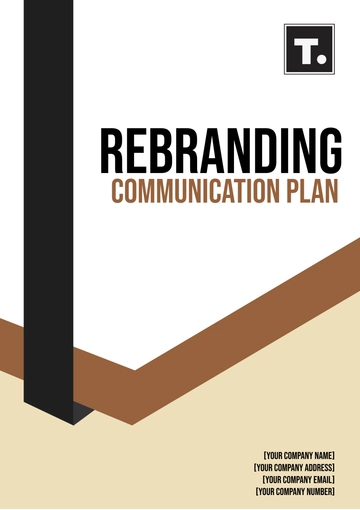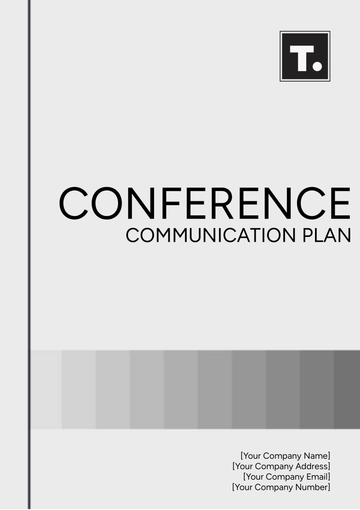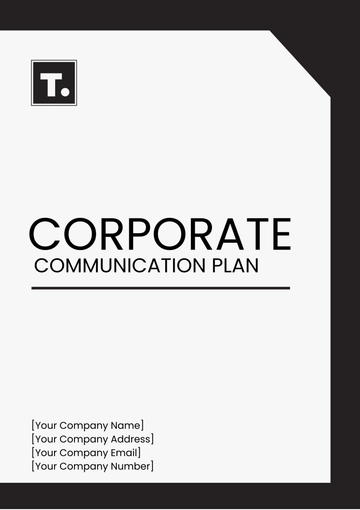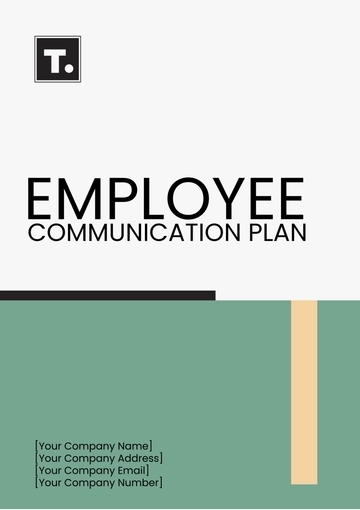Free Annual Communication Plan
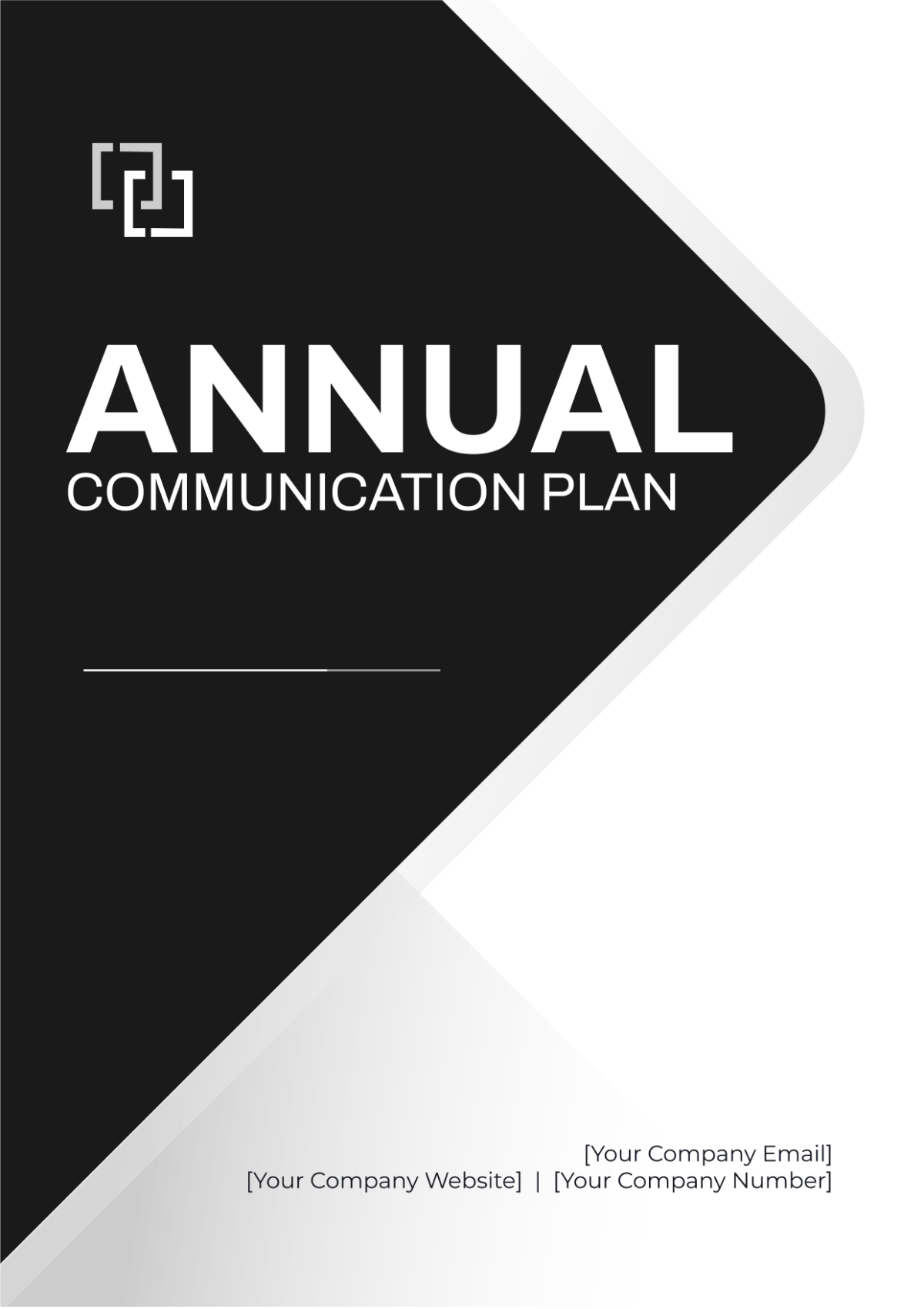
Written by: [Your Name]
I. Executive Summary
The Annual Communication Plan for [Your Company Name] outlines the strategic communication activities for the upcoming year. The plan aims to enhance brand awareness, engage key stakeholders, and support organizational goals through targeted communication. This document is a roadmap to ensure consistency and effectiveness in all communication initiatives.
II. Situation Analysis
A. Current Communication Landscape
Strengths: [Your Company Name] enjoys a well-established brand presence in the tech industry, boasting a strong social media following and robust internal communication channels.
Weaknesses: Despite its strengths, the company faces challenges such as limited media coverage, inconsistent messaging across platforms, and a lack of comprehensive evaluation methods.
Opportunities: [Your Company Name] sees opportunities for growth through expansion into new markets, leveraging digital platforms for marketing, and forming strategic partnerships with influencers.
Threats: The competitive nature of the tech market, changing industry regulations, and potential economic downturns pose threats to [Your Company Name]'s success.
B. SWOT Analysis
Strengths: [Your Company Name] has a talented and innovative workforce, a diverse product portfolio, and a history of successful marketing campaigns.
Weaknesses: The company struggles with resource constraints, particularly in terms of budget and manpower, leading to limitations in executing comprehensive marketing strategies.
Opportunities: [Your Company Name] sees opportunities for growth through technological advancements, international expansion, and diversification of its product offerings.
Threats: Intense competition from rivals, rapid technological disruptions, and evolving customer preferences pose threats to [Your Company Name]'s market position.
III. Goals and Objectives
A. Communication Goals
Increase brand awareness by 20% within the target market.
Enhance employee engagement and satisfaction.
Improve stakeholder communication and transparency.
B. Specific Objectives
Launch a new product campaign by Q2 to generate buzz and drive sales.
Achieve a 15% increase in social media engagement through interactive content and community building.
Conduct quarterly town hall meetings for internal communication to foster transparency and alignment.
IV. Target Audiences
A. Primary Audiences
Customers: Existing and potential clients interested in [Your Company Name]'s products and services.
Employees: The dedicated workforce driving innovation and excellence within the company.
Investors: Individuals or organizations invested in [Your Company Name]'s growth and success.
B. Secondary Audiences
Media: Journalists, bloggers, and influencers covering the tech industry.
Industry Influencers: Key figures and thought leaders in the tech community.
Community Partners: Organizations or groups collaborating with [Your Company Name] on various initiatives.
V. Key Messages
A. Core Messages
[Your Company Name] is committed to innovation and quality, delivering cutting-edge solutions to meet customer needs.
Our products and services are designed to adapt to the evolving tech landscape, providing value and efficiency to our clients.
We prioritize transparency and open communication, fostering trust and collaboration with all stakeholders.
B. Supporting Messages
[Your Company Name] is a recognized leader in the tech industry, known for its expertise and reliability.
We are dedicated to customer satisfaction and continuous improvement, striving for excellence in everything we do.
Our inclusive and supportive work culture encourages creativity and collaboration, driving our success.
VI. Strategies and Tactics
A. Communication Channels
Social Media: Regular posts, interactive content, influencer partnerships.
Email Marketing: Personalized newsletters, product updates, targeted campaigns.
Media Relations: Press releases, media kits, thought leadership articles.
Internal Communications: Employee newsletters, intranet updates, town hall meetings.
B. Planned Activities
Product Launch Campaign: Teaser trailers, press releases, and social media giveaways.
Employee Engagement Initiative: Recognition programs, team-building workshops, virtual coffee breaks.
Investor Relations: Quarterly reports, investor webinars, one-on-one meetings.
VII. Timeline
A. Quarterly Schedule
Q1: Strategic planning, content calendar development, internal alignment meetings.
Q2: Product launch, influencer outreach, mid-year performance review.
Q3: Social media campaigns, employee engagement activities, and stakeholder surveys.
Q4: Year-end review, budget planning for the next fiscal year, evaluation of the annual plan.
VIII. Budget
A. Financial Allocation
Social Media: $50,000
Email Marketing: $30,000
Media Relations: $40,000
Internal Communications: $20,000
Miscellaneous: $10,000
IX. Evaluation and Measurement
A. Metrics for Success
Brand Awareness: Surveys, website traffic analysis, social media reach.
Employee Engagement: Participation rates in internal events, feedback surveys, and employee retention.
Stakeholder Communication: Media mentions, investor satisfaction surveys, and community partnerships.
B. Evaluation Methods
Regular monitoring of communication channels and metrics.
Quarterly performance reviews and adjustments to strategies.
Year-end comprehensive analysis and reporting to assess the overall effectiveness of the annual plan.
- 100% Customizable, free editor
- Access 1 Million+ Templates, photo’s & graphics
- Download or share as a template
- Click and replace photos, graphics, text, backgrounds
- Resize, crop, AI write & more
- Access advanced editor
Enhance and Discover the Annual Communication Plan Template from Template.net - your key to streamlined strategy. Crafted for convenience, it's fully editable and customizable, empowering you to tailor your communication roadmap effortlessly. Accessible in our Ai Editor Tool, this template ensures precision and efficiency in every detail. Elevate your planning prowess today.
